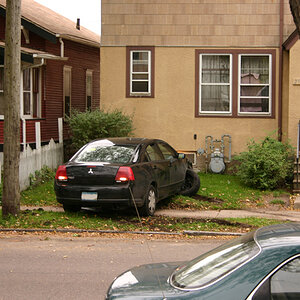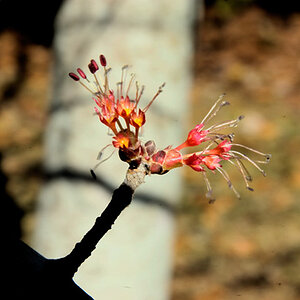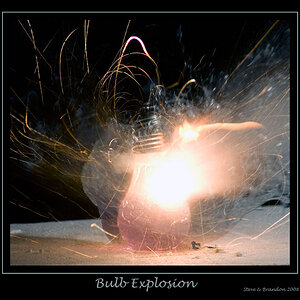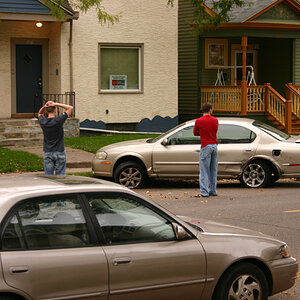Shiva_42
TPF Noob!
- Joined
- Nov 18, 2010
- Messages
- 45
- Reaction score
- 0
- Location
- Joplin, Missouri
- Can others edit my Photos
- Photos OK to edit
Hello All. I know this subject may be a little broad, but here goes. I'd like an education on the different physical approaches to macro photography ( i.e. Dedicated macro (micro) lens vs. extension rings vs. bellows.
I haven't purchase a macro lens yet, and hope to understand my choices better before ordering. The subject will seldom be "fixed" or stationary, so that is a definate problem with all but mobile solutions...
I haven't purchase a macro lens yet, and hope to understand my choices better before ordering. The subject will seldom be "fixed" or stationary, so that is a definate problem with all but mobile solutions...



![[No title]](/data/xfmg/thumbnail/35/35947-ab35bfc67d8e12ce65dda301d3bf2b66.jpg?1619737255)




![[No title]](/data/xfmg/thumbnail/35/35948-700e0d840da0ca73727b1bd6d99b4142.jpg?1619737257)



![[No title]](/data/xfmg/thumbnail/37/37604-7ad625e983f92f880eb65a264eeef5e4.jpg?1619738148)

